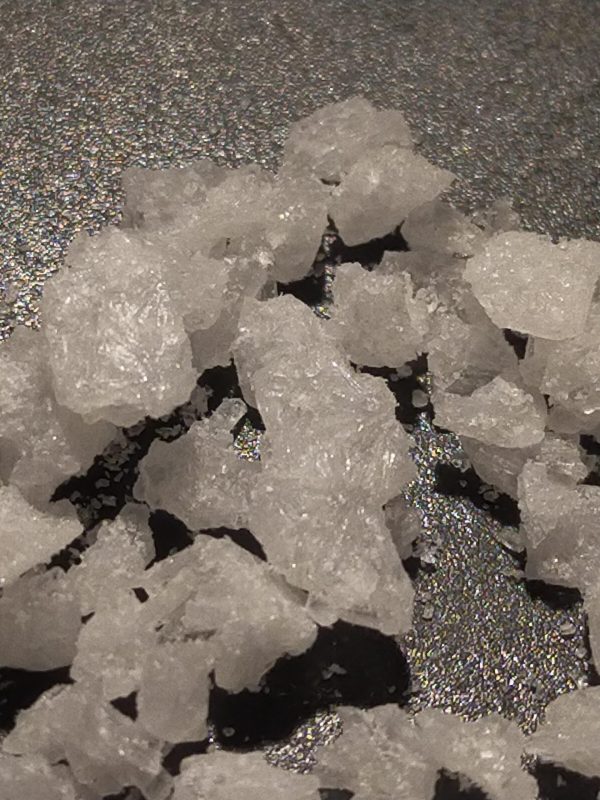Uncategorized
Understanding the Chemistry of Crystal Meth
Unraveling the Chemistry of Crystal Meth: Insights into its Composition and Effects
Crystal meth, scientifically known as methamphetamine, is a potent and highly addictive central nervous system stimulant. Its chemical structure and properties contribute to its powerful effects on the brain and body. In this comprehensive guide, we delve into the chemistry of crystal meth, exploring its composition, mechanisms of action, and effects on the human body.
The Molecular Structure of Crystal Meth
At its core, crystal meth is a synthetic compound composed of carbon, hydrogen, and nitrogen atoms. Its chemical formula is C10H15N, and it belongs to the phenethylamine class of compounds. The molecular structure of crystal meth consists of a central phenyl ring with a methyl group attached to it, along with an amino group and a methyl substituent on the alpha carbon atom.
Mechanisms of Action in the Brain
Crystal meth acts primarily by increasing the release and blocking the reuptake of neurotransmitters such as dopamine, norepinephrine, and serotonin in the brain. This results in heightened levels of these neurotransmitters in the synaptic cleft, leading to intense feelings of euphoria, increased energy, and heightened alertness. Additionally, crystal meth inhibits monoamine oxidase (MAO), an enzyme responsible for breaking down neurotransmitters, further amplifying its stimulant effects.
Short-Term Effects on the Body
Upon ingestion, crystal meth rapidly crosses the blood-brain barrier and exerts its effects on the central nervous system. Users experience a surge of energy, enhanced focus, and increased sociability. Physical manifestations include dilated pupils, elevated heart rate, elevated blood pressure, and increased body temperature. However, these short-term effects are often accompanied by negative outcomes such as agitation, paranoia, and insomnia.
Long-Term Consequences of Crystal Meth Abuse
Repeated use of crystal meth can lead to tolerance, dependence, and addiction, characterized by compulsive drug-seeking behavior despite adverse consequences. Long-term abuse can result in severe physical and psychological health issues, including but not limited to:
- Neurotoxicity: Prolonged exposure to crystal meth can cause damage to dopamine and serotonin-producing neurons, leading to cognitive impairment and memory deficits.
- Psychosis: Chronic methamphetamine use is associated with the development of psychosis, characterized by hallucinations, delusions, and disorganized thinking.
- Dental Problems: The acidic nature of crystal meth can erode tooth enamel and lead to tooth decay, a condition commonly referred to as “meth mouth.”
- Cardiovascular Complications: Crystal meth abuse can increase the risk of heart attack, stroke, and other cardiovascular problems due to its effects on heart rate and blood pressure.
Treatment and Recovery Options
Despite its devastating effects, recovery from crystal meth addiction is possible with the right support and treatment. Effective interventions include:
- Behavioral Therapy: Cognitive-behavioral therapy (CBT) and contingency management interventions have been shown to be effective in reducing drug use and promoting abstinence.
- Medication-Assisted Treatment: Medications such as bupropion and naltrexone may be used to alleviate cravings and withdrawal symptoms during the detoxification process.
- Support Groups: Participation in support groups such as Narcotics Anonymous (NA) or SMART Recovery can provide individuals with peer support and encouragement throughout their recovery journey.
Legal and Societal Implications
The production, distribution, and possession of crystal meth are illegal in most countries due to its high potential for abuse and addiction. Law enforcement agencies actively combat the illicit trafficking of crystal methamphetamine to mitigate its impact on public health and safety. Additionally, initiatives aimed at educating the public about the dangers of crystal meth abuse and providing access to prevention and treatment services are crucial in addressing this ongoing public health crisis.
Conclusion
In conclusion, understanding the chemistry of crystal meth is essential for grasping its profound impact on individuals, families, and communities. By unraveling its molecular structure, mechanisms of action, and physiological effects, we gain valuable insights into the complexities of addiction and the challenges of recovery. Through education, prevention, and evidence-based interventions, we can work towards combating the scourge of crystal methamphetamine abuse and promoting healthier, drug-free lifestyles.

